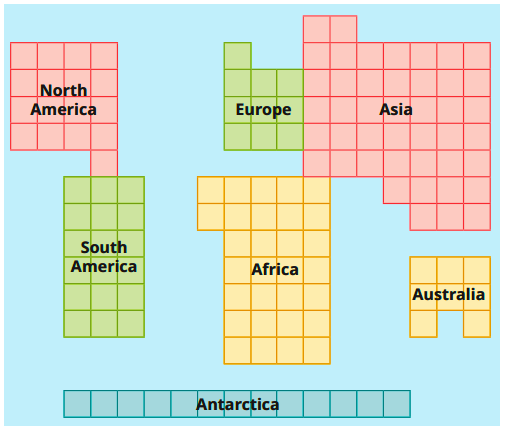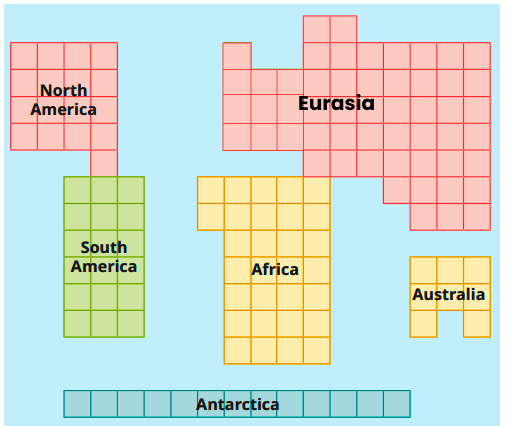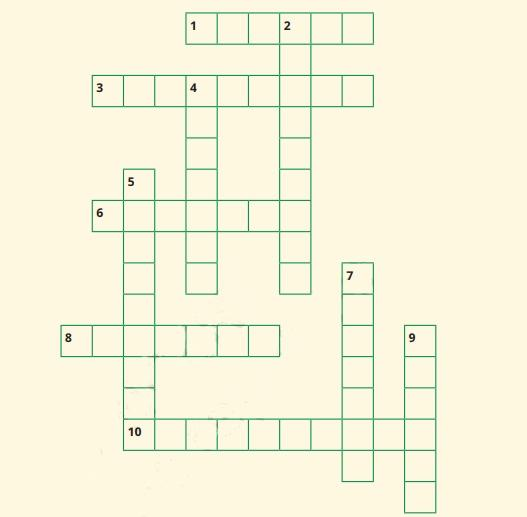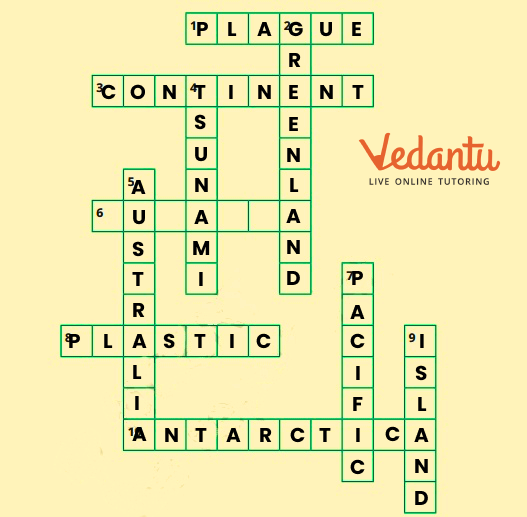NCERT Solutions for Class 6 Social Science Chapter 2: Oceans and Continents - FREE PDF Download
FAQs on NCERT Solutions for Class 6 Social Science Chapter 2 Oceans and Continents
1. What is a continent in Class 6 Social Science Chapter 2 Oceans and Continents?
A continent is a large, continuous landmass that makes up the Earth's land area. There are seven continents: Asia, Africa, North America, South America, Antarctica, Europe, and Australia.
2. What are the five major oceans on Earth according to Class 6 Social Science Chapter 2 Oceans and Continents?
The five major oceans are the Pacific Ocean, Atlantic Ocean, Indian Ocean, Southern Ocean, and Arctic Ocean.
3. Why is the Southern Hemisphere called the ‘water hemisphere’ in Class 6 Social Science Chapter 2 Oceans and Continents?
The Southern Hemisphere is called the 'water hemisphere' because it contains more water bodies (oceans) than landmasses.
4. How are oceans important to the Earth's climate in Class 6 Social Science Chapter 2 Oceans and Continents?
Oceans regulate the Earth's temperature by absorbing heat and distributing it around the globe, influencing weather patterns and climate.
5. How do continents and oceans shape human activities in Class 6 Social Science Chapter 2 Oceans and Continents?
Continents provide land for agriculture, settlement, and resources, while oceans support trade, transportation, and marine life, influencing global economies and ecosystems.
6. How do NCERT Solutions help in understanding Chapter 2: Oceans and Continents?
The solutions provide clear explanations and detailed answers, making it easier for students to understand key concepts about continents and oceans.
7. Are NCERT Solutions for Chapter 2 Oceans and Continents beneficial for exam preparation?
Yes, the solutions offer well-structured answers to all textbook questions, helping students prepare effectively for exams.
8. Do the NCERT Solutions for Chapter 2 Oceans and Continents cover all important topics from the chapter?
Yes, the solutions thoroughly cover all major topics, including the location and significance of continents and oceans.
9. How do NCERT Solutions improve map-reading skills in Chapter 2?
By explaining geographical features and locations, the solutions help students enhance their map-reading and spatial understanding skills.
10. Can NCERT Solutions for Chapter 2 Oceans and Continents help in the long-term retention of the chapter content?
Yes, the simplified explanations and structured answers aid in the long-term retention of key concepts, benefiting students in future studies.



























